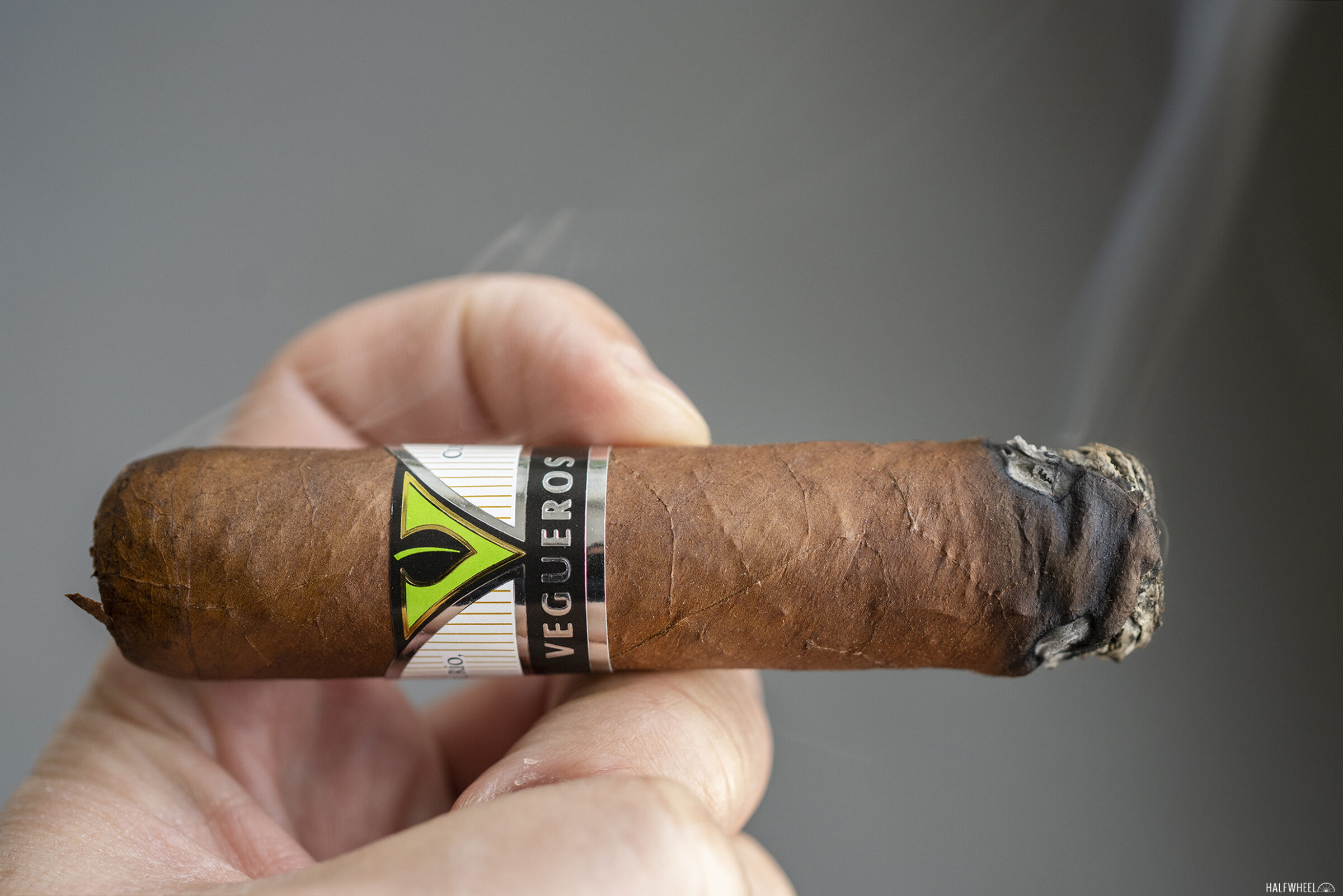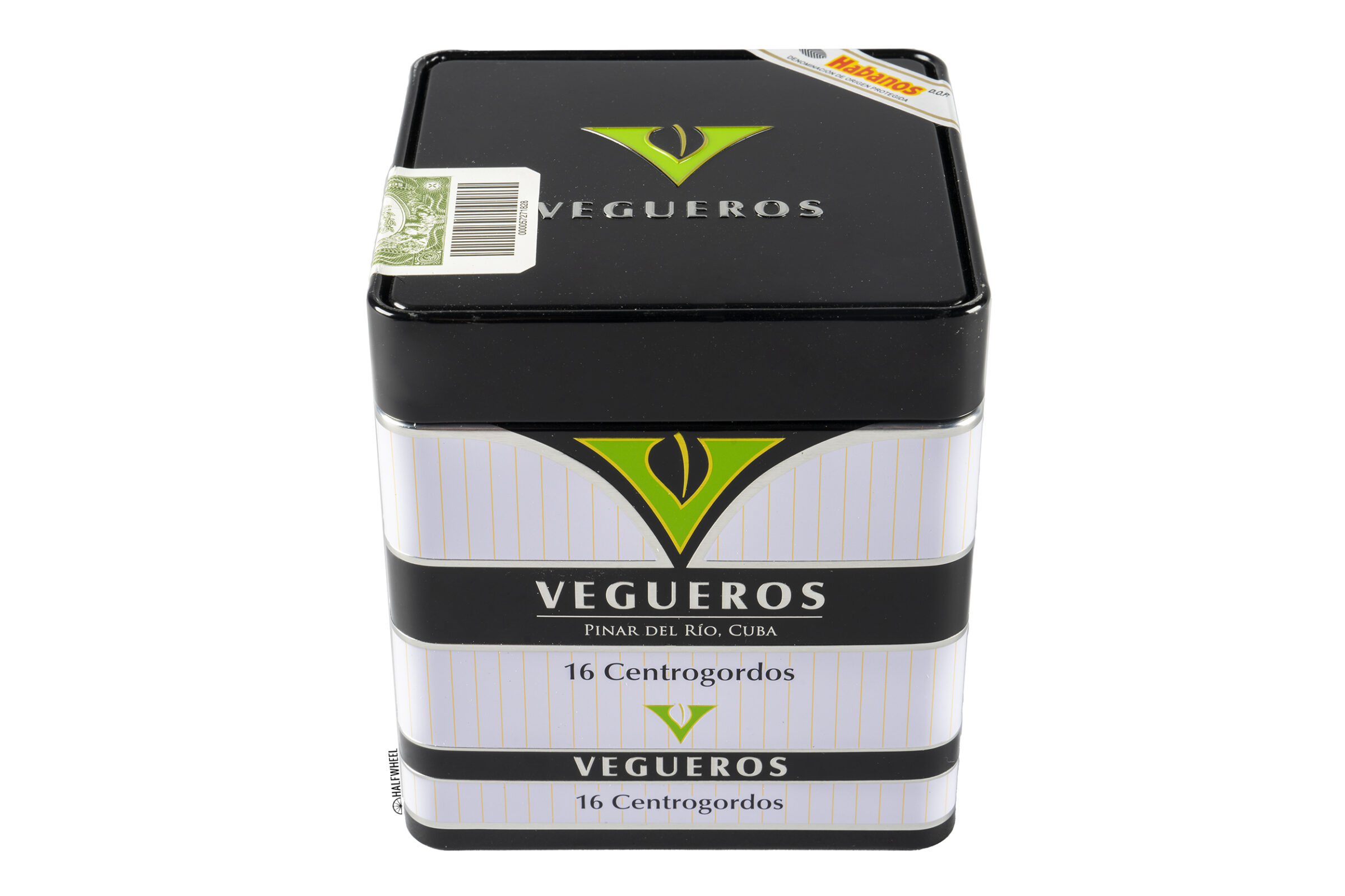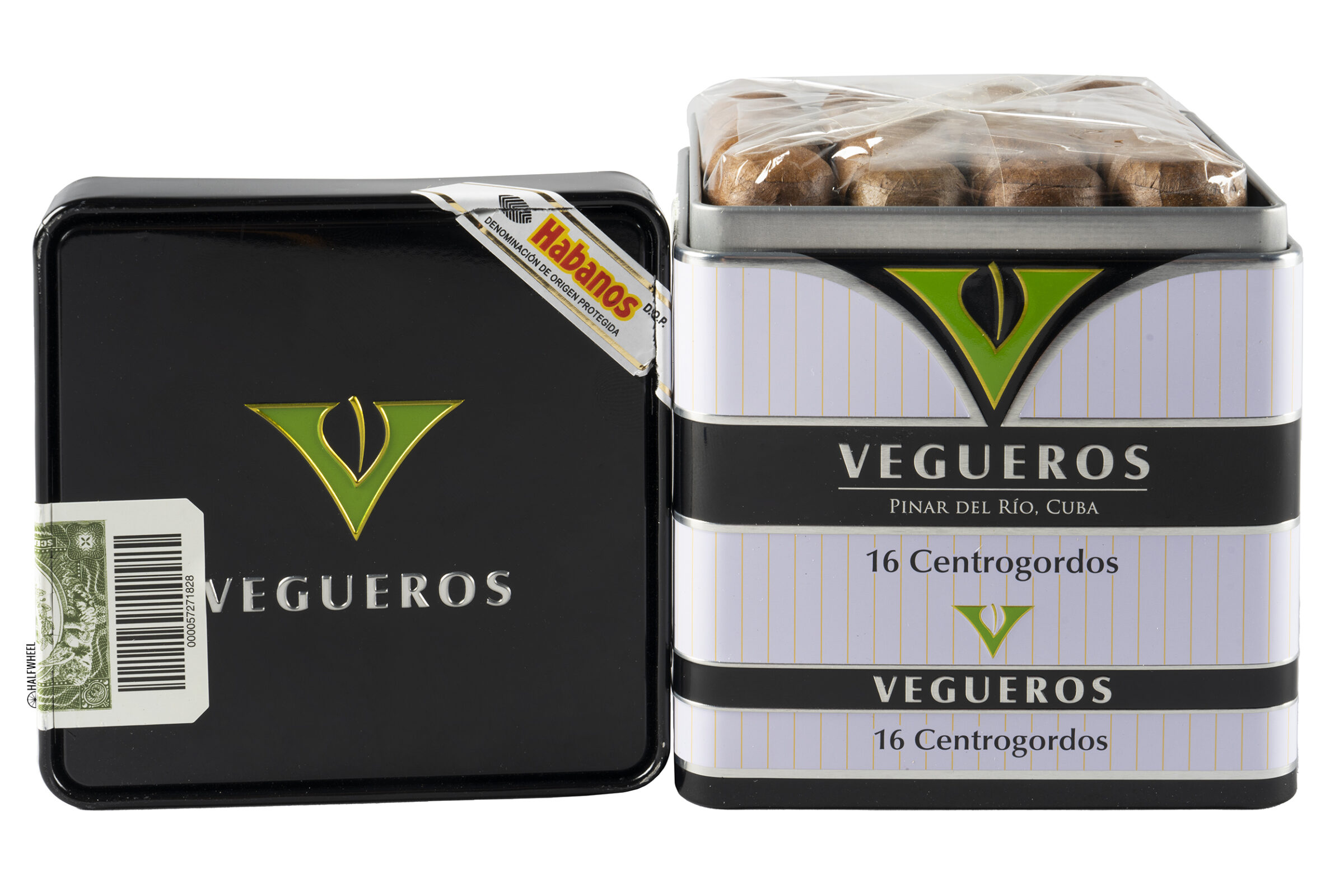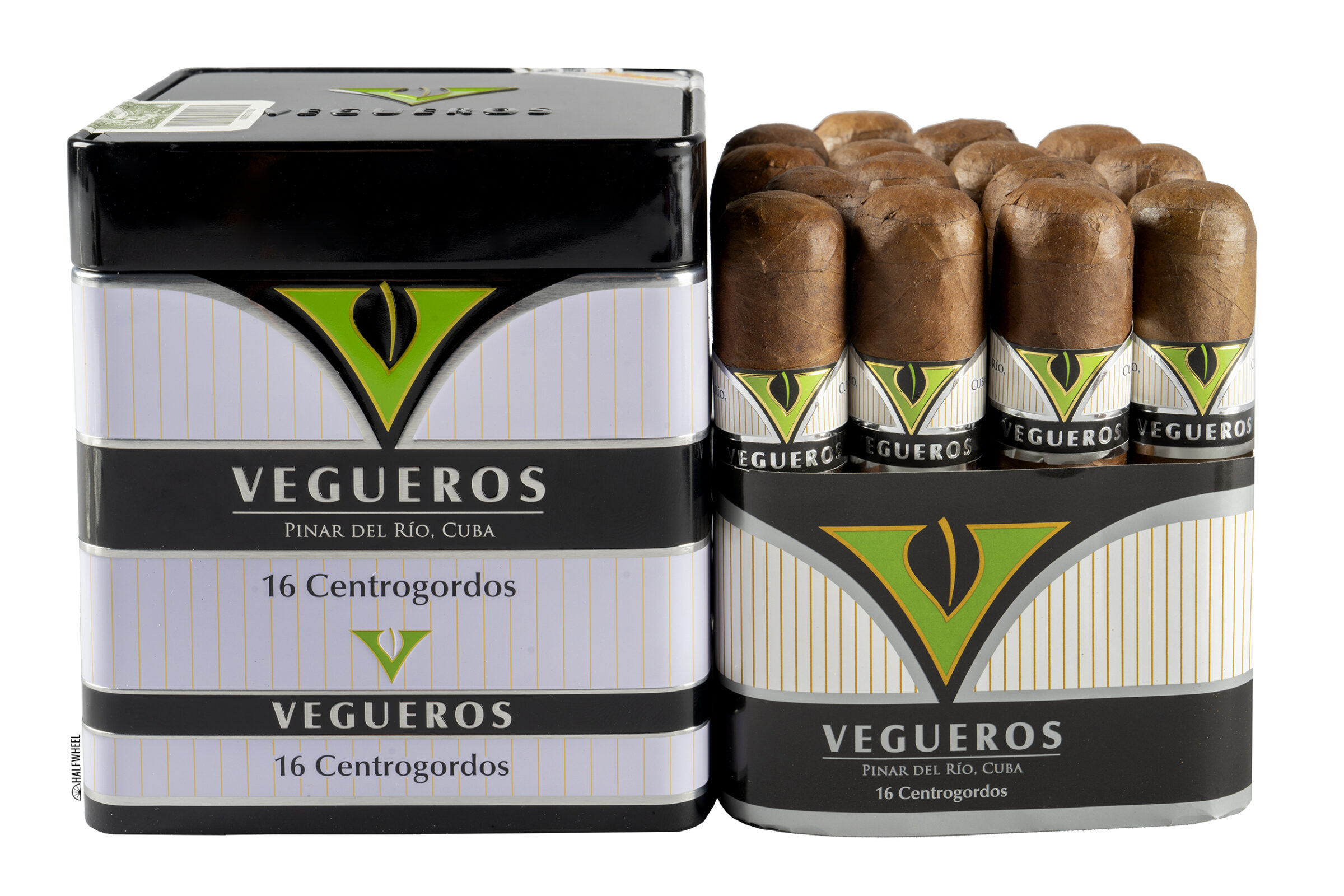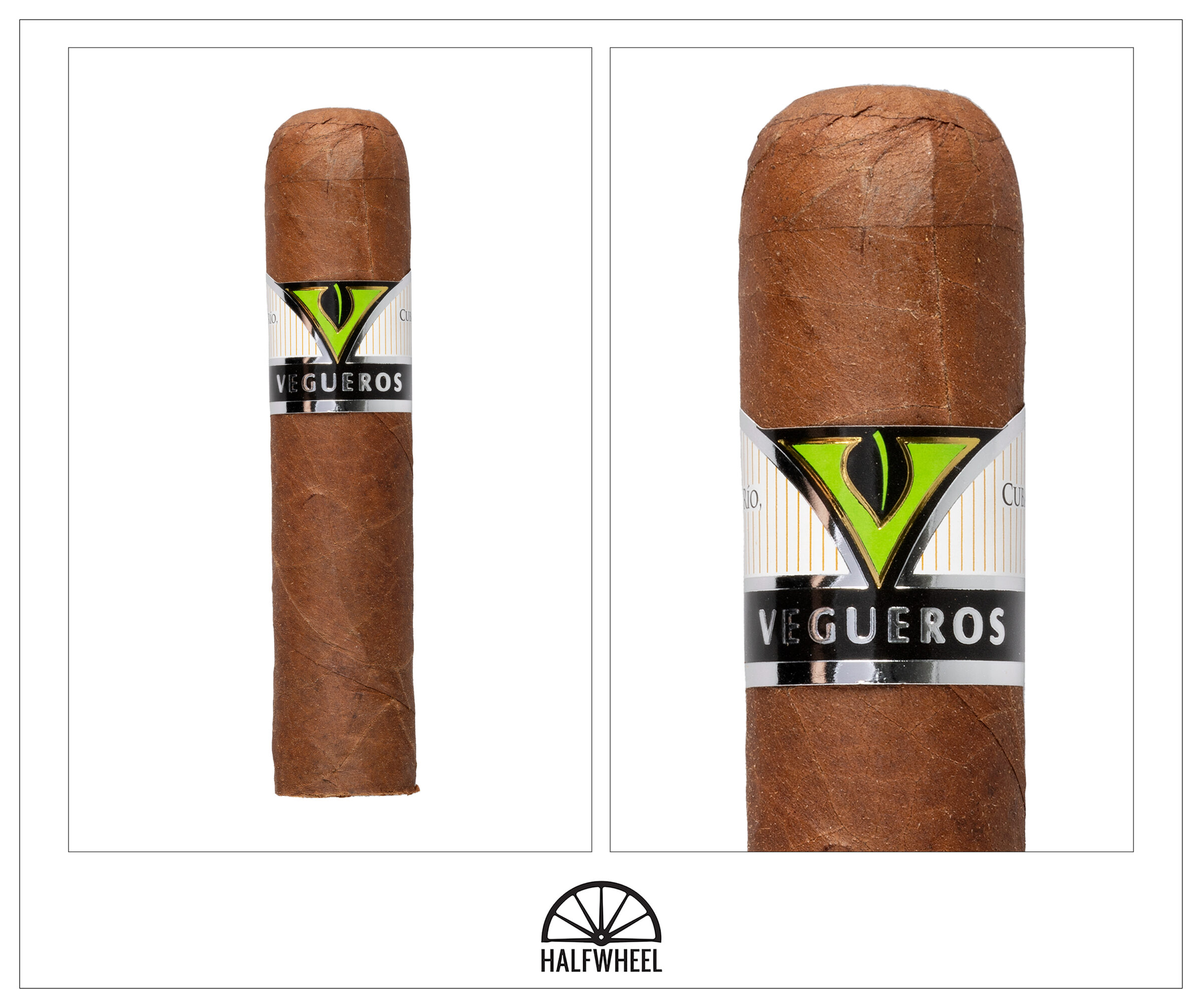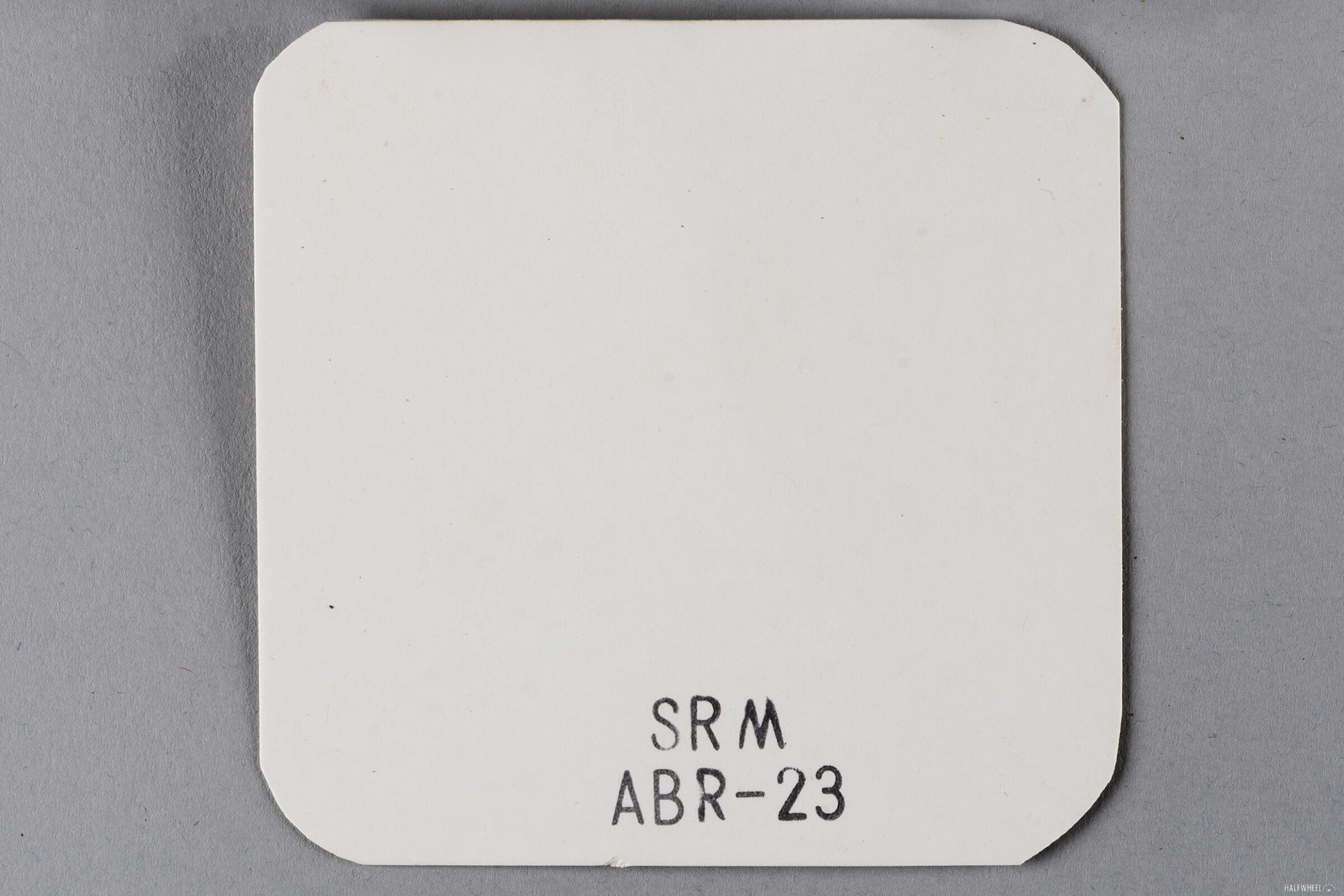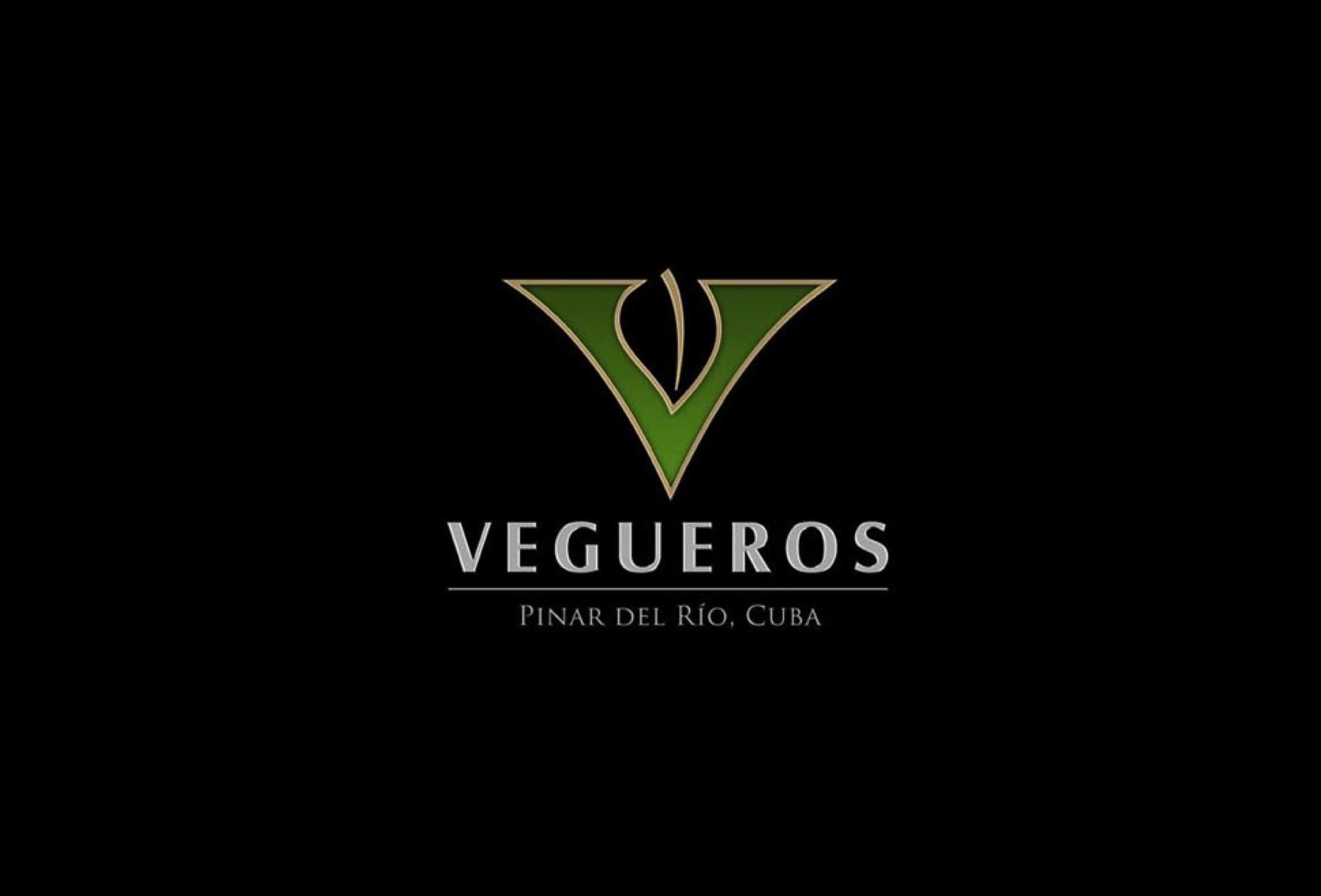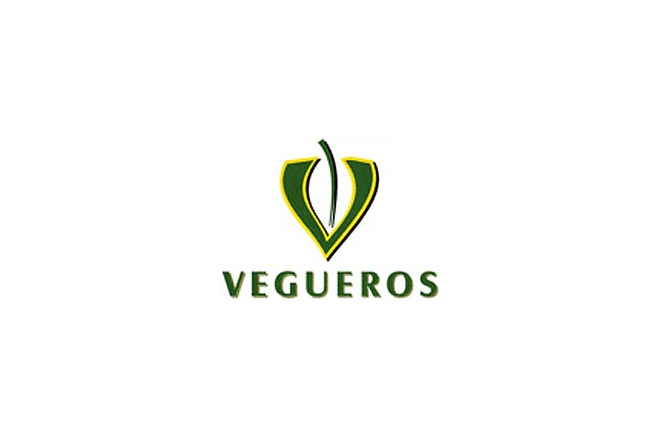Last fall, Brooks Whittington went to Curaçao for the Caribbean Habanos Days 2023, a two-day cigar event hosted by Caribbean Cigars Corporation N.V., the local Cuban cigar distributor. Various Cuban cigar distributors around the world host Habanos World Day events, which we rarely ever write about. Brooks went because Habanos S.A. had told him that there would be a new product launched during the event.
He came back from the event convinced that there was no new Cuban cigar at the event.
Turns out, there was: the Vegueros Centrogordos. Like other attendees, he was given a Centrogordos. One. From what it sounds like, there wasn’t any pomp and circumstance around the “launch” of the Centrogordos during the event. The only way you might have known that that was the new cigar was if you were aware that in February 2023, Habanos S.A. announced the new Centrogordos.
The problem with all of this is that it’s Vegueros, one of the least popular Cuban cigar brands. Vegueros itself is an outlier within the Cuban cigar portfolio in that it was created in the mid 90s, the mid 1990s. Most of the brands that Habanos S.A. sells have more than a century of history, Vegueros is barely 25-years-old. It’s also never been a major focus for Habanos S.A. I’d argue the largest issue for Vegueros is that it’s positioned as one of the company’s least expensive cigars and therefore gets treated as a cheaper product. Especially now, in a world of decreased Cuban tobacco suppliesa as well as $200 Montecristos and $500 Cohibas, focusing on Vegueros seems to be even less of a priority for the Cuban cigar monopoly.
As for the Centrogordos, it’s a a 3 15/16 (100mm) x 54 vitola known as Centro Gordo within the Cuban cigar naming system. This is a new size for the Cuban cigar world and currently the only Cuban cigar that uses this vitola. There are some other unique aspects to the cigar. Like other Vegueros, it’s packaged in metal tins instead of a wooden box. Furthermore, it’s not made in Havana. Instead, the cigar is made at the Fábrica de Tabacos Francisco Donatien factory in Pinar del Río.
- Cigar Reviewed: Vegueros Centrogordos
- Country of Origin: Cuba
- Factory: Fábrica de Tabacos Francisco Donatien
- Wrapper: Cuba
- Binder: Cuba
- Filler: Cuba
- Length: 3 15/16 Inches
- Ring Gauge: 54
- Vitola: NUb
- MSRP: $11.06 (Box of 16, $177)
- Release Date: 2023
- Number of Cigars Released: Regular Production
- Number of Cigars Smoked For Review: 3
While it’s still not up there with the very best of Habanos S.A.’s band designs, the new Vegeuros band is a noticeable upgrade compared to the last one. I like the way the band and the wrapper look together, but that only works from afar. Upon closer inspection, the roll of this cigar is rough. There are a number of large prominent veins that look like they could have been stitched on after the cigar was rolled. Large veins and not just one of them. More startling is the texture, which feels more like paper than it does cigar tobacco. The aroma from the wrapper is more or less non-existent. There’s some nondescript sweetness and something that reminds me of the smell of newspaper, but both are very faint. The foot has a medium-plus aroma and has some sweet woodiness over top of some freshly rained-upon mud and floral flavors. Cold draws are also medium-plus. Two cigars are rather open with generic tobacco, woodiness, stale bottled water and some lemon-accented sweetness. The final cigar has a tighter draw, which seems like a good thing, and flavors of graham cracker sweetness, leather and white pepper.
Keeping with the trend set during the cold draws, the first two cigars have very open draws with woody flavors over top saltiness, sweetness, some toastiness and cardboard. The third cigar has a tight draw, which is much better as I’m able to pick up a nutty flavor that is almost as strong as the woodiness, joining some muted cinnamon, leather, earthiness and a mild sweetness. Within the first half inch of each cigar, clear problems emerge. With two cigars, it’s a combination of the very open draws and burn issues. There are other minor issues—neither cigar has even burn lines and one cigar has signs that the tobacco may have not been properly cured—but the draws are so open that both cigars require multiple touch-ups and at least one relight in the first third. The third cigar starts a lot better, but its draw is tightening and leading it to a point where it is actually worse than the open draws. For the first half-inch of that cigar, there’s a great nuttiness overtop some muted cinnamon and metallic flavors. Unfortunately, as the draw tightens there’s an increased amount of puffs dominated by harshness. The finish is generally similar to the main flavor, with woodiness over some peanuts and bitter flavors. I don’t retrohale all that often, but when I do I taste earthiness mixed with a flavor that reminds me of the smell of a pile of wet leaves. That’s okay, but the bitterness and metallic flavors that emerge during the retrohale’s finish are unpleasant flavors that make me not want to retrohale. Flavor is full, body is medium-full and strength is non-existent.
I very much feel like the company thinks I paid for an inferior experience and, therefore, must deliver a subpar experience. After a few relights each, the cigars are getting predictably harsher. What non-harsh flavors are there—woodiness, dry hay, a soft sweetness and paper—are mostly fine flavors. I wouldn’t call any of them robust, but when paired with the harshness, the end result is not pleasant. The finish dries out even more, which isn’t making the Vegueros Centrogordos any better. Dry earthiness, dry hay, dry paper, dry bitterness—all are present in varying degrees. Like before, I never get to a point when I want to retrohale, instead just performing them so I can produce some flavor notes for you to read. Like before, there’s some enjoyable flavors: a nice earthiness, but the finish makes things drier and more metallic. Flavor is medium-full, body is medium-plus and strength is medium. Outside of listing problems the cigar doesn’t have—such as that the cigars aren’t physically falling apart—I can’t even think of a nice thing to say about the construction. All three cigars require at least one relight, most require other touch-ups due to combustion, the burn lines are uneven, the ash can be flaky and the best draw of the trio—the second cigar’s draw—is terrible. The final cigar is plugged, which seems to be related to the knot right around the band.
Dear reader, you might not be surprised to learn that construction issues—specifically, the draw—are making it difficult to come up with nice things to say about the flavor profile. Quite frankly, it’s difficult to find things to say about the flavor profile. Two cigars have very open draws and the third cigar is plugged enough that I give up on it just a few minutes into the final third. On roughly half the puff attempts, I can get enough smoke to discern some flavors: woodiness, cardboard, mild sweetness and harshness. Retrohales—which are tough to do—add some nuttiness and earthiness. Unfortunately, every retrohale is accompanied by a bitter finish with metallic flavors. Flavor is medium-full, body is medium-plus and strength is non-existent, though—at this point—that really shouldn’t be a concern of yours.
Final Notes
- Two cigars had draws that were well past the point of “too open” for a salvageable experience, the other cigar was plugged. That’s all you need to know.
- Any time I’m reviewing a cigar and all three cigars have the same category of construction issues but not the same issues, it’s a real red flag. It’s totally possible that these are the three worst cigars in the box—or the aging room—but my experience tells me that it’s likely a sign of widespread issues. In this case, it’s difficult to imagine that any of these three cigars should have passed quality control.
- I found the cigars to feel very light and two of them were barely 10 grams, which is certainly amongst the lightest cigars we’ve weighed over the last year. The larger concern is the large variance in weight between two cigars and the third.
- The first cigar I smoked did not burn in a visually pleasing manner. The burn lines were wavy, inconsistent and regularly needed help from the lighter. Furthermore, the ash was incredibly flaky and made a huge mess. The second and third cigars were a lot better, but still messy.
- The box code for this tin was SRM ABR-23.
- Speaking of which, it was printed on a loose piece of cardboard that is placed inside the tin. The cigars themselves are packed in a bundle, packed in plastic. Similar to a date on a bottle of alcohol, there’s a bit of romance to box codes that are in the boxes themselves. I think the coolest way would be to have the text stamped into the tin. That is probably a lot more expensive than this solution.
- Cigars for this review were purchased by halfwheel. We paid $177 for a box of 16, roughly $11 per cigar.
- Final smoking time ranged from 55 minutes to an hour and 15 minutes.
At nearly every part of the review process, I was led to believe that Vegueros is not a brand that Habanos S.A. cares much about. That was evident based on the way the cigars looked, the way they felt and how the cigars smoked. Two cigars had draws that offered very little resistance, rendering them unable to be smoked without constant relights. The third cigar was plugged. I certainly got what I paid for, and even if you end up with a better tin of Vegueros Centrogordos than I did, you will too. I don't think a stretch to say that Habanos S.A. doesn't really care about the cigars that are banded as Vegueros. If that's the case, neither should you.

